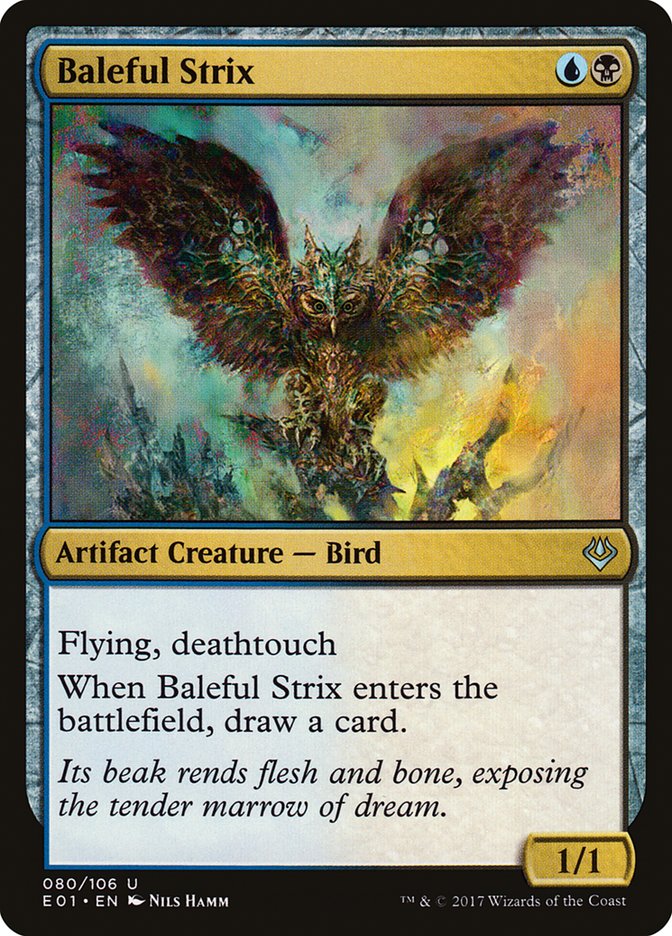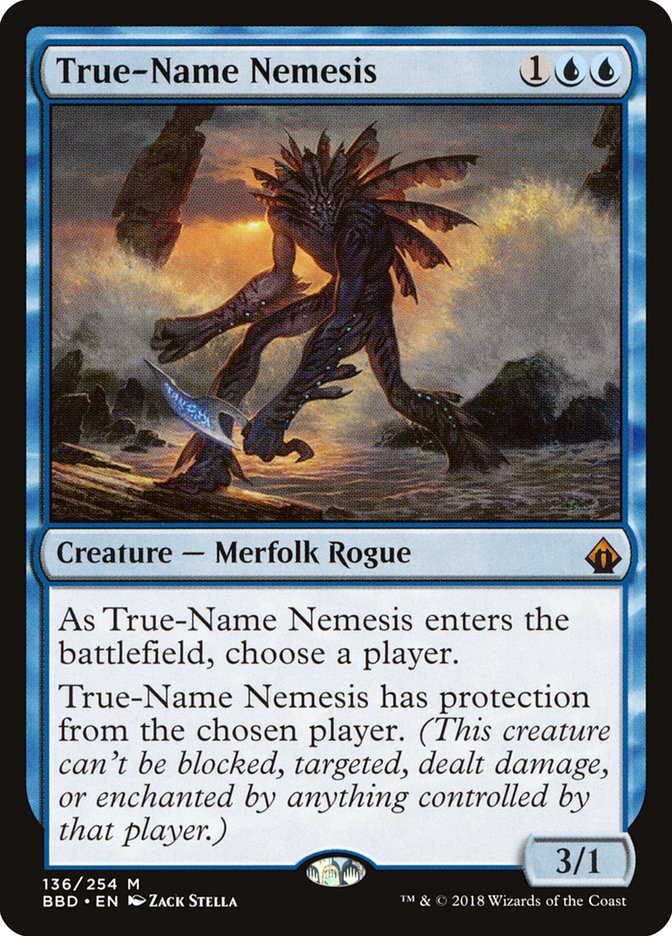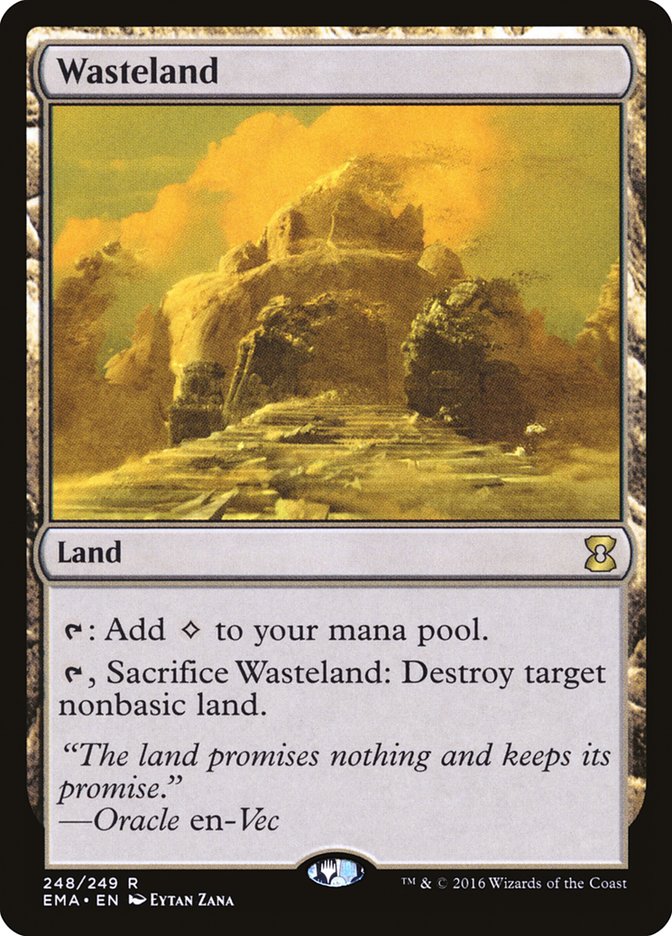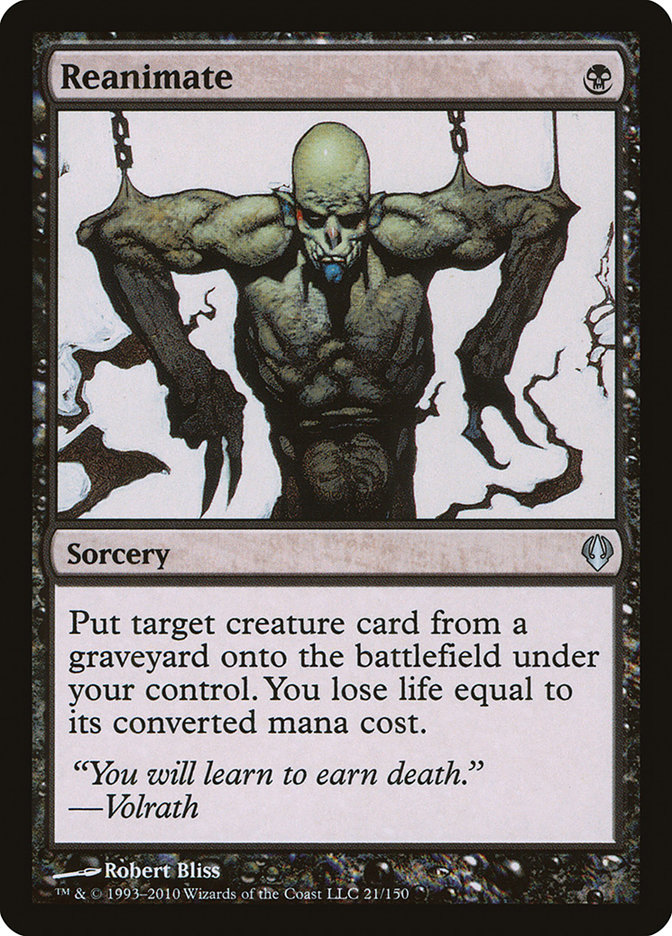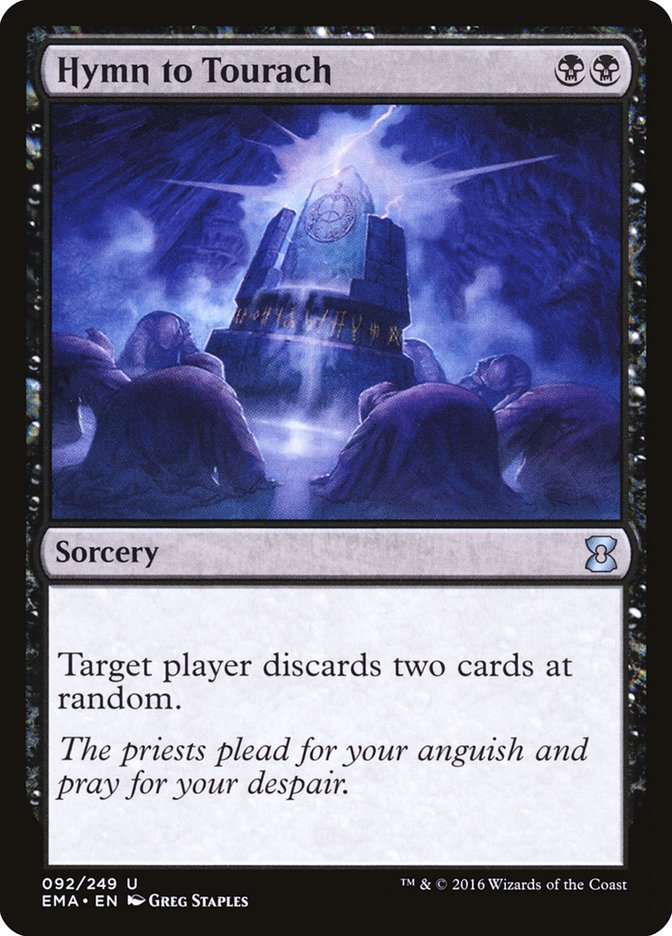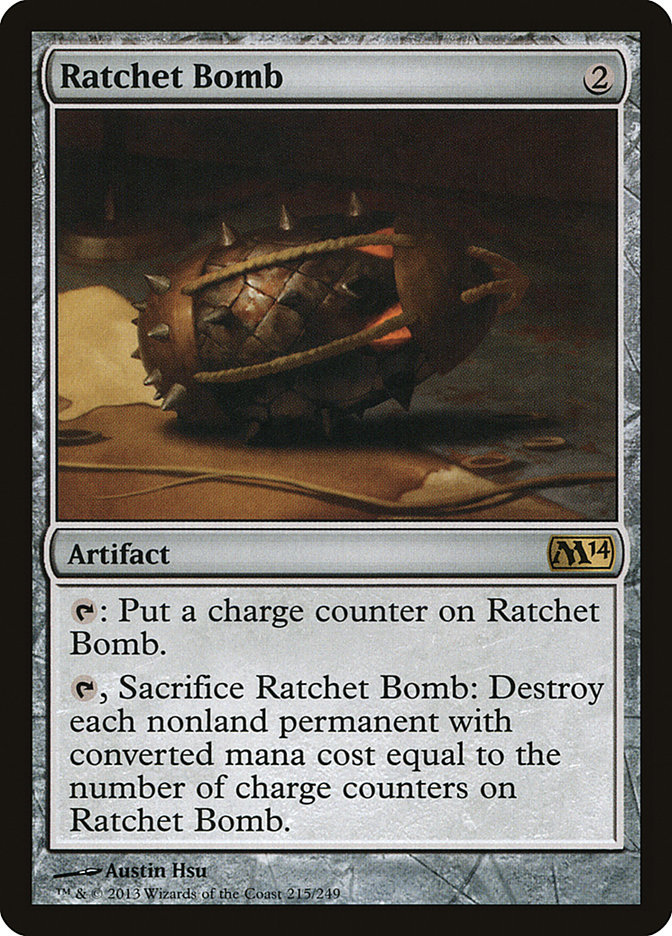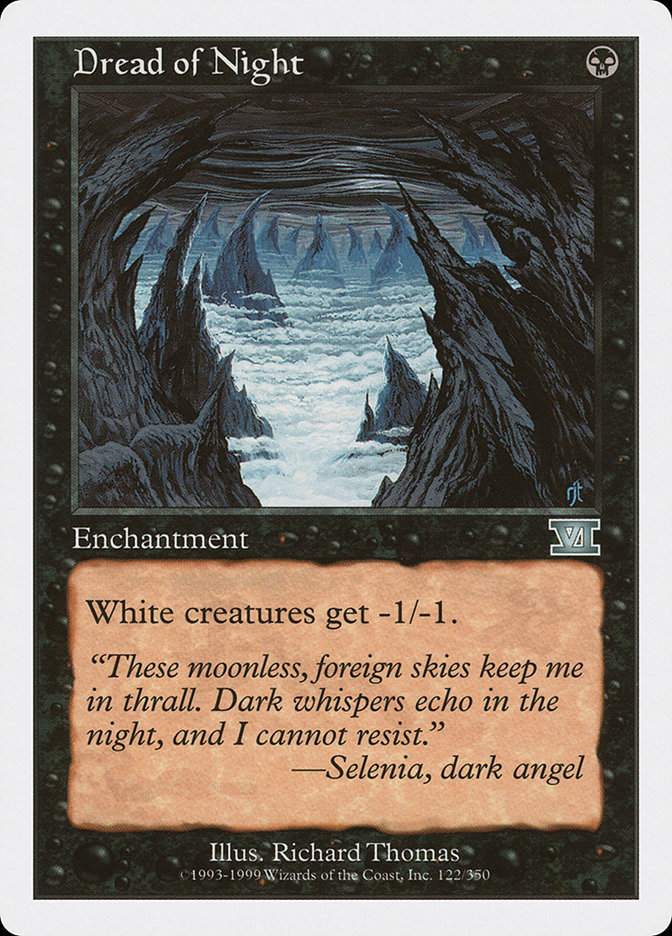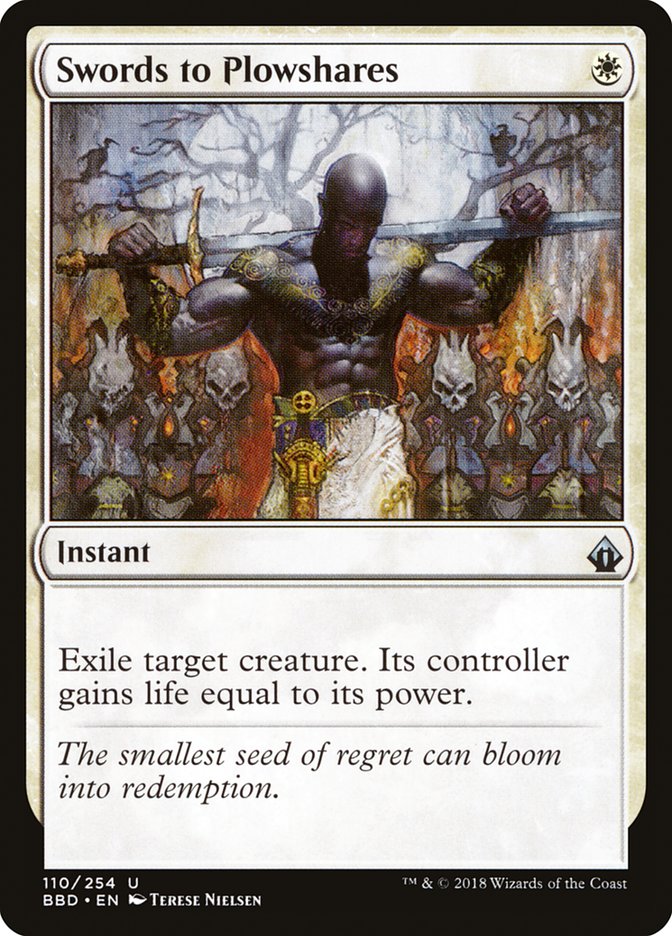Not one, but two formats have now seen the power of the best
(not-yet-banned) black one-drop creature, Death’s Shadow. In the wake of
Deathrite Shaman’s banning, a lot of new space opened up in Legacy, and
Death’s Shadow has come out of Modern to a position of prominence in this
format as well.
First, the irony. Gitaxian Probe gets banned in Modern, and Death’s Shadow
becomes an incredible deck in that format. The format has adjusted, of
course, but Shadow is still a promising contender in Modern to this day.
Then, Gitaxian Probe gets banned in Legacy, and…what do you know? Death’s
Shadow becomes an incredible deck there as well! What in the world? Probe
may be the literal best card imaginable for Death’s Shadow strategies, and
when it leaves the format, suddenly then Shadow rises to the top
tier? What in the world?
Well, to be frank, the true culprit in Legacy is Deathrite Shaman, and the
reason Grixis or Jund Shadow never saw play in Gitaxian Probe Modern is
simply because no one was creative enough to find it. They stuck with
Death’s Shadow Zoo, an incredible deck in its own right, but didn’t make
the leap to any other build.
Regardless, here is why Deathrite Shaman was pinning down Death’s Shadow in
Legacy:
1. Deathrite Shaman promoted a different style of tempo play than Death’s
Shadow decks.
Deathrite Shaman is the perfect card for Delver decks. By offering a
tremendous early mana advantage, Delver decks could pin opponents on mana
while casting free countermagic, free land destruction, all while deploying
cheap threats. The “deploy threats, then disrupt” school of play is subtly
different from the “set up, disrupt, then deploy threats” pattern that more
often characterizes Death’s Shadow. It’s the difference between
Thoughtseize and Stifle. Death’s Shadow decks need to make their land drops
and cast tempo-negative spells early to set up a huge tempo-positive turn
in the midgame (which is usually turn 3 or 4 in Legacy) where they deploy
one or more large threats that are protected with Stubborn Denials and
pre-emptive Thoughtseizes.
Death’s Shadow has a manabase that demands making two or even three real
land drops to damage itself enough to deploy the namesake threat. Daze is
so good in Death’s Shadow, not because it’s combined with a clock and
Wasteland but because it lets the Shadow player rebuy a free self-inflicted
two points with Watery Grave. Sure, there are plenty of games that involve
a Delver of Secrets, multiple Street Wraiths, a Snuff Out, and early
deployment of Death’s Shadows on turn 2, but the “jam the battlefield”
games are rarer than the “Thoughtseize, Daze, re-shock myself, cantrip,
Shadow + Stubborn Denial up” ones.
This type of play pattern, while it certainly benefits from an early mana
advantage like that of Deathrite Shaman, does not get quite as much of a
boost from said mana advantage as the traditional “threat-then-disruption”
pattern.
Deathrite Shaman allowed that play pattern to dominate Legacy for many
years, but its loss is Shadow’s gain.
2. Deathrite Shaman could burn out Death’s Shadow players.
Death’s Shadow decks, obviously, go down into the single digits of life
pretty darn quickly. It’s not uncommon to end turn 3 with eight life, given
two fetch-shocklands, a Daze-rebuy shockland, and a combination of
Thoughtseize or Street Wraith or Dismember or Snuff Out.
This is an awfully precarious position to be in against a deck with
Lightning Bolt and Deathrite Shaman. You’d better kill your opponent on
that next turn cycle, or you’ll get hit with the business end of “Bolt you,
Shaman you, untap, Bolt you again, if you Force of Will it, Shaman you
again.” That’s eight damage however you slice it. Deathrite Shaman made
Death’s Shadow just too risky, because any draw where the opponent had
multiple Deathrite Shamans basically caught you between a rock and a hard
place. Not good for the 13/13.
3. Deathrite Shaman promoted Baleful Strix and True-Name Nemesis decks.
Snuff Out is a hell of a Magic card. It’s like a Force of Will for Mother
of Runes that doesn’t cost you an extra card and allows you to play a
Death’s Shadow on turn 2. But one thing it doesn’t do is kill black
creatures. Deathrite Shaman promoted the use of a lot of creatures that
Snuff Out can’t hit (as well as being un-Snuff-able itself!) Some of the
worst offenders were Baleful Strix, True-Name Nemesis, and Gurmag Angler.
True-Name Nemesis holds off Shadow while threatening to sneak in a win if
the Shadow player goes too low on life. Strix is just a huge beating every
time, as it’s hard to answer on parity and often extends the game by
multiple turns. Gurmag Angler is a beefy, hard-to-kill threat that forces
us to hold back our own Death’s Shadows for fear of being one-shotted at a
low life total.
These cards meant that one of the coolest weapons for Legacy Shadow players
was awfully poorly positioned, adding another nail in the coffin for
would-be Shadowers.
All that has changed. Let’s look at two builds of Death’s Shadow, my own,
and eventual Pro Tour 25th Anniversary finalist Josh Utter-Leyton’s:
Creatures (14)
Lands (18)
Spells (28)

And, my own:
Creatures (14)
Lands (16)
Spells (30)

Two independent groups, CFB Conglomerate and my own mini-group with Oliver
Tomajko, Noah Walker, and outside consultant Dylan Donegan came up with the
conclusion that Death’s Shadow was the best choice for the Legacy portion
of the Pro Tour.
I still believe that we were correct, and I believe that we will be correct
going forward for some time.
Here’s the skinny on the differences and what you can change going forward.
Wasteland is not sacrosanct!
Wasteland is a useful tool to have in your Legacy decks. It’s an incredibly
powerful effect, zero-mana land destruction. Against decks that are
resilient to Wasteland, though, it’s embarrassingly bad in a deck with all
zero or one casting cost cards. Again, we need to make our real land drops
in order to ping ourselves to cast the namesake threat. Wasteland is not
necessarily part of our early game plan. I’d be willing to play a third
over the third Stubborn Denial (though that cuts into our combo slots and
our blue spell count), but four is excessive. It’s just not that good in
Death’s Shadow! We tried builds with no Wastelands at all, and they were
eminently playable. Wasteland is a spell in most of these decks, so just be
careful that you’re not overvaluing a sacred cow in Legacy when it’s not
always the best thing you could be playing in a spell slot.
Reanimate is powerful, and probably worth 1-2 spots in the 75.
At the last minute, I wanted to play a Reanimate in my third Stubborn
Denial slot (which, as you can tell, was our final flex slot in the deck).
I think it’s probably a good choice, as it lets you deal yourself massive
chunks of damage as well as obtain some awesome and unique threats. Think
opposing True-Name Nemesis out of Stoneblade, opposing Mother of Runes out
of Death and Taxes, or massive Eldrazi out of Colorless Eldrazi.
Plus, of course, there’s always the possibility of playing against
Reanimator and doing them dirty…but that’s the stuff dreams are made of.
Seriously, though, if you expect a decent amount of Reanimator, this card
goes way up in value, and I would be happy to shave a Preordain for a
single copy of this unique effect.
I would always play four Watery Graves in my deck.
There were a number of times in testing where I’d have all three of my
Watery Graves out on the battlefield and drew a fetchland that couldn’t
deal me any more damage. I lost a match because of it, and I decided that
I’d just bite the bullet and play the four Graves. I haven’t looked back.
The situation comes up more often than you’d think.
Hymn to Tourach is a maindeckable card, and it’s especially good in concert
with Thoughtseize.
Hymn to Tourach is the other anti-combo, anti-control card that folks have
forgotten about in the wake of Deathrite Shaman’s banning. The card is
still potent, and it’s particularly backbreaking as a follow-up to a
first-turn Thoughtseize. If the metagame stays with lots of semi-mirrors,
Death and Taxes, and Eldrazi, I’d hold off on Hymn in the maindeck, but
keep it in mind as another way to increase your free win equity by
providing some dirty, dirty opening sequences.
You can play two basic lands instead of two Underground Seas.
No, I’m not talking about a budget-friendly version of this deck, though it
would be the best Legacy budget deck ever seen. I’m talking about a way to
hedge against rising numbers of Blood Moon Prison decks, Lands, or
Four-Color Loam. I ended up not registering the basics for the PT, but I
could see a future metagame where they would be correct. And yes, if you
want to play a Brainstorm deck in Legacy but can’t afford the high price
tag on Underground Sea, you can just replace them with basics and gain
percentage in a number of matchups while only taking a small hit to mana
consistency. This is serious, folks, there’s a fair Brainstorm deck with no
dual lands at all that can go toe-to-toe with the best of them!
Ratchet Bomb is much, much better than Throne of Geth.
Half the Chalice decks are also Blood Moon decks. Ratchet Bomb kills Blood
Moon. Throne does nothing against Blood Moon. This is just a huge meme, and
it’s not correct. I’d play three Ratchet Bombs before I played any Thrones
or Engineered Explosives.
Oh, and by the way, Ratchet Bomb is a real card against Death and Taxes,
Elves, and weird Affinity-esque decks with Mox Opal. It also kills Empty
the Warrens tokens. Come on.
You probably don’t need a million Dread of Night.
This is a ham-fisted way to attack one deck, and it’s not even a guaranteed
win, as we saw in the Pro Tour semifinals. Massacre is fine and Toxic
Deluge is quite nice. Liliana, the Last Hope is excellent. Their best card
against you is Palace Jailer, so just don’t even sweat Dread of Night. I’d
almost rather have Pithing Needle, Engineered Explosives, or more Ratchet
Bomb to answer the real pain-in-the-neck card, Aether Vial.
Plus, Toxic Deluge answers True-Name Nemesis and Elves. It’s even playable
against Eldrazi. No need to play such narrow answers.
How does the metagame evolve?
Death’s Shadow is more powerful than any of the other Delver-style
strategies in Legacy. Temur Delver is simply not quite up to the level of
Death’s Shadow, suffering from a weaker manabase, smaller threats, and
not-particularly-favorable matchups across the board. There are a few
decks, though, that gain a lot if Death’s Shadow becomes the new deck du
jour.
Lands and Four-Color Loam are the first predators, by virtue of having
Grove of the Burnwillows in the deck as well as unbeatable hitters like
Chalice of the Void or Marit Lage.
U/W Stoneblade preys on Death’s Shadow by virtue of having lots of
irritating threats like Stoneforge Mystic and True-Name Nemesis, a high
density of Swords to Plowshares via Snapcaster Mage, and a generally robust
manabase.
Jeskai Delver may be a secret heavy-hitter going forward, as it boasts a
high density of removal to attack Death and Taxes, the same threat suite as
U/W Stoneblade, and the ability to close out the game with Lightning Bolts
and Grim Lavamancer activations reminiscent of Deathrite Shaman’s predatory
behavior.
Without many events between now and GP Richmond in a few short weeks, there
isn’t going to be a ton of evolution in Legacy, so now is your best
opportunity to try a new mishmash of broken starts and the smooth
consistency of the Ponder–Brainstorm–Preordain cantrip suite. I’m excited
to see how long it takes for the “ban Death’s Shadow” crowd to start
agitating for another shakeup.
Don’t say I didn’t warn you!




